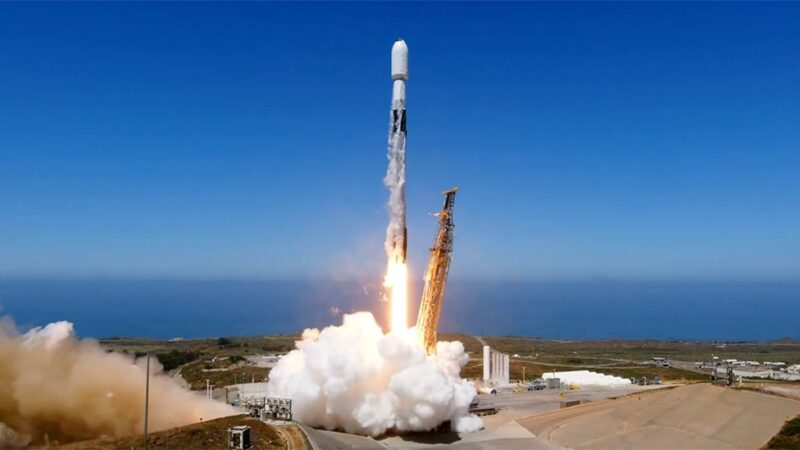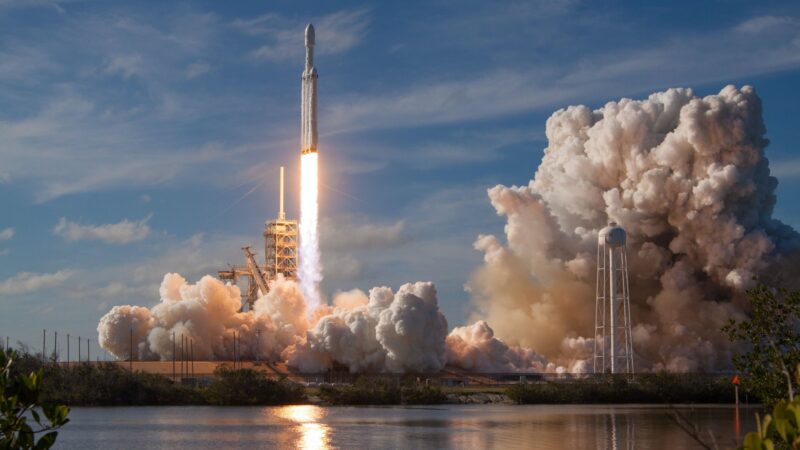Sun erupts with biggest solar flare in 4 years in early Fourth of July fireworks

There’s a moody ball of heat at the center of our solar system, and scientists want to know what causes it to erupt on occasion. A “dramatic, multi-staged eruption” is the subject of a new study. NASA is calling it “a solar Rosetta Stone.”
The eruption is the first of its kind to be reported. Researchers classify the sun’s eruptions as coronal mass ejections, jets or partial eruptions. The outburst was a package deal with characteristics of all three types
The solar flare occurred from a sunspot called AR2838 at 10:29 a.m. EDT (1429 GMT) on Saturday and registered as a powerful X1-class sun event, according to the U.S. Space Weather Prediction Center (SWPC) tracking the sun’s weather. It caused a brief radio blackout on Earth, center officials said in an update.
A video of the solar flare from NASA’s Solar Dynamics Observatory shows the flare erupting from the upper right limb of the star as seen by the spacecraft, one of many used to monitor the sun’s weather.
“This event is a missing link, where we can see all of these aspects of different types of eruptions in one neat little package,” said solar scientist Emily Mason of NASA’s Goddard Space Flight Center in a statement on Monday. “It drives home the point that these eruptions are caused by the same mechanism, just at different scales.”
Mason is the lead author of a study on the eruption — which occurred in March 2016 — that has been accepted for publication to the Astrophysical Journal Letters. NASA’s Solar Dynamics Observatory and the European Space Agency and NASA’s Solar and Heliospheric Observatory both documented the unusual event.






